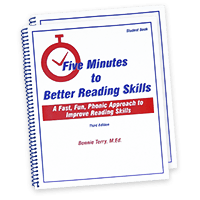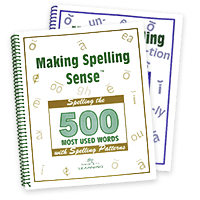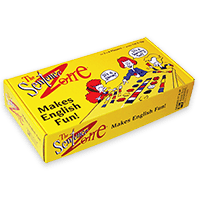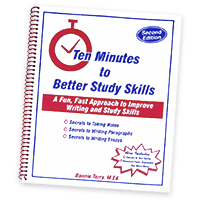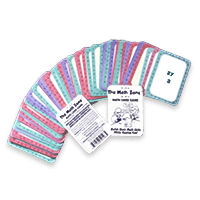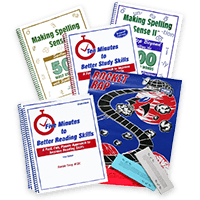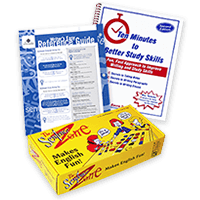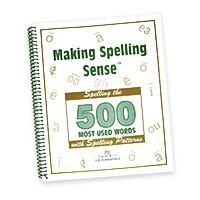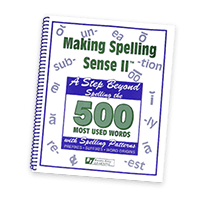[vc_row][vc_column][vc_column_text]
Phonics instruction produces the biggest impact on reading growth. It also improves spelling.
Phonics is taking the phonological awareness of sounds and matching the sounds to the letter symbols. This is called the alphabetic principle or auditory-visual integration. This is the ability to accurately relate an auditory sound with a visual symbol. The beginning of this is to be able to match a word that is given orally to the picture of it.
For example, if I were to say show me the picture of a dog, and the student pointed to the dog. Next steps might be pointing to the picture that begins with the /d/ sound. Once that is established you would then ask the student to match the sound of /d/ to the letter /d/, after teaching the students that these squiggly lines (letters) stand for the sound of the letters.
A child’s skill and knowledge of learning letter names as well as shapes and colors is a predictor of their success in reading.
Phonological awareness and letter knowledge (phonics-the alphabetic principle) is a precursor to reading skills. Once that is in place, learning the structure of the language is critical to success. How is it that we put letters together to make words? Skilled readers develop a knowledge of spelling patterns and specific word identification strategies. They also have automatic word retrieval (fluency). The scope of reading and writing is addressed including using basic punctuation and capitalization. Comprehension is addressed. Reading instruction needs to be explicit with practice built in. Reading aloud also needs to be included.
The Prevention of Reading Difficulties
by Joseph K. Trotesen
Critical Elements of Regular Classroom Instruction have been identified. They include: building phonemic instruction, phonemic decoding skills, fluency in word recognition, and text processing, reading comprehension strategies, oral language vocabulary, spelling, and writing skills. Additionally, instruction for at-risk students must be more explicit and intensive that for other students.
These materials use these methods: Five Minutes to Better Reading Skills, Ten Minutes to Better Study Skills, Making Spelling Sense I and II, the Writer’s Easy Reference Guide, The Comprehension Zone, The Sentence Zone, ASW Reading, Writing, and Study Skills Program, ASW Writing Program, the ASW Premium Program[/vc_column_text][/vc_column][/vc_row]
